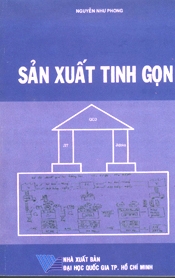
| Constructing membership functions using interpolation and measurement theory |
|
Constructing membership functions using interpolation and measurement theory
Joseph E. Chen, Kevin N. Otto*
Department of Mechanical Engineering, Room 3-449.
Massachusetts Institute of Technology. 77 Massachusetts Ave.. Cambridge, MA 02139, USA
Received April 1994; revised July 1994
FS 07
Abstract
Imprecision is well suited for representing uncertainty in choice during an engineering design process, and in particular for computer-aided engineering design and analysis tools. To propagate imprecise understanding through engineering tools, however, first the membership functions must be constructed based on the understandings of the design engineer. For this purpose, measurement theory offers an axiomatically based, easy to use method. For any given variable, the best and worst values are determined, and the remaining values are assigned a degree of membership by comparison with the best and the worst. On real variables, however, this would require an infinite number of questions. Instead, a continuity assumption can be made, and the remaining membership values determined through interpolation. Traditional interpo- lation schemes, however, fail to satisfy the restrictions of a membership function. The I-0, 1] boundedness condition and the fuzzy-convex property in particular present difficulty. A simple and efficient constrained interpolation scheme is developed for fitting a membership function to a finite number of known membership values. Thus, a simple method enabling design engineers to construct membership functions is presented.
Keywords:
Membership functions; CAD/CAM; Engineering
|





































